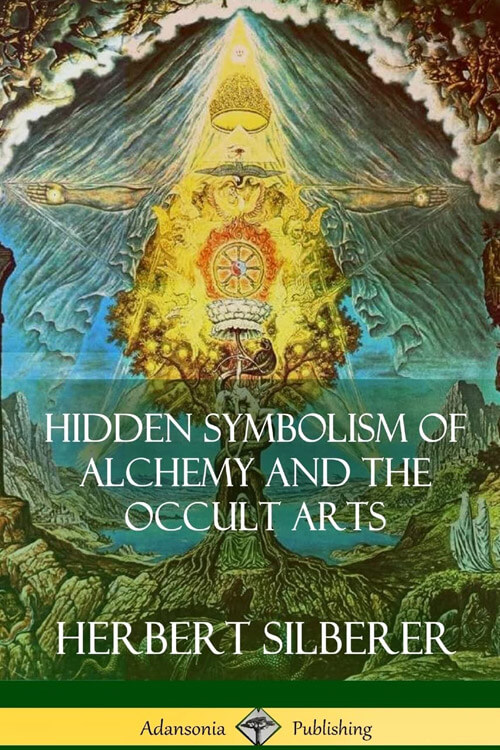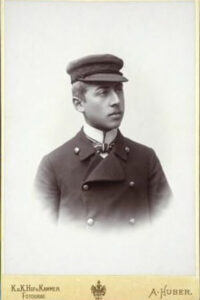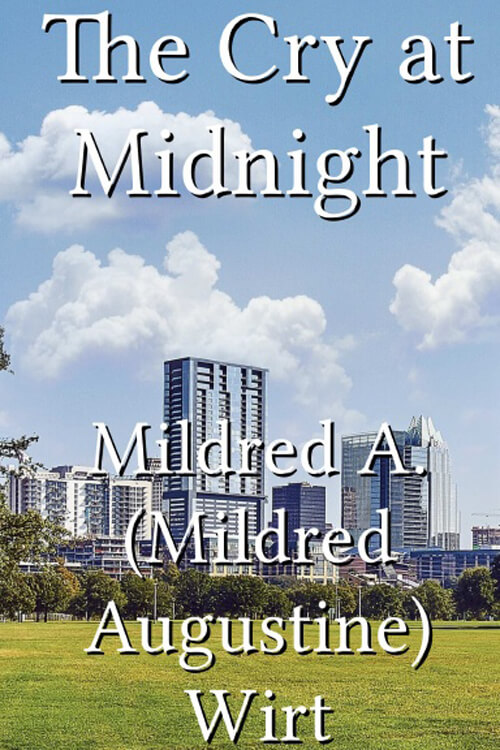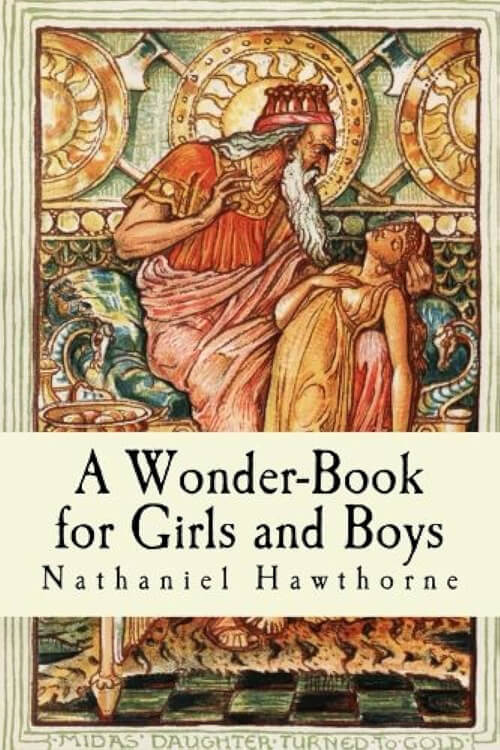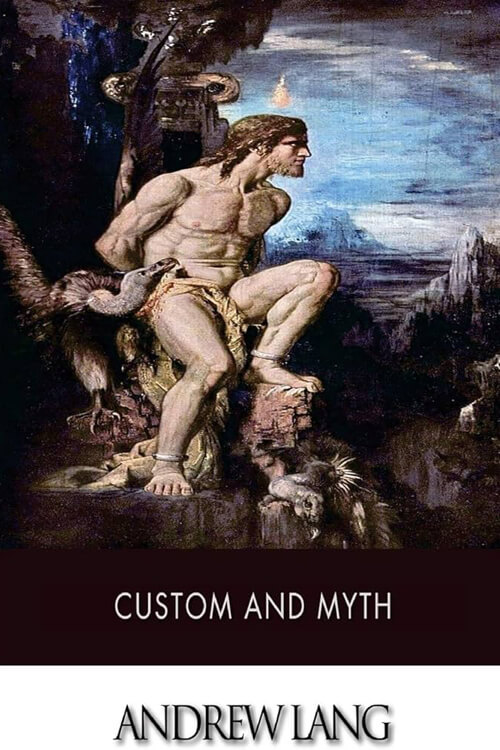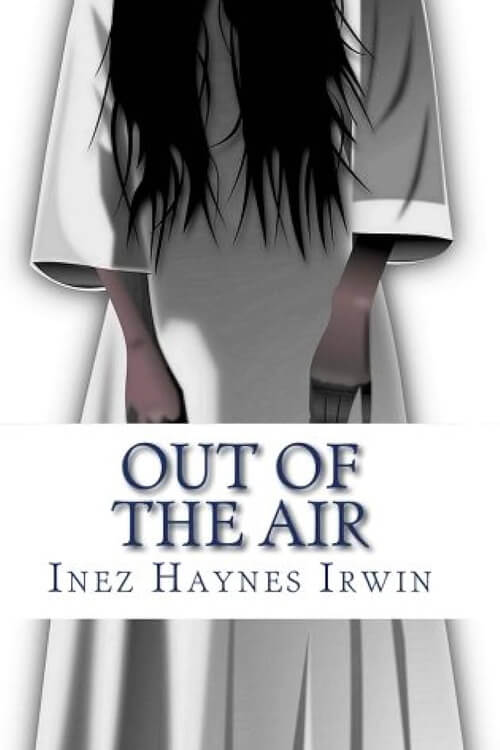
Hidden Symbolism of Alchemy and the Occult Arts
Prominent among the stones of a fireplace in my country den, one large, rounded giant stands out. It was bourne by the glacial streams from a more northern resting place and is marked by a fossil of a mollusk that inhabited northern seas many million years ago. Yet despite the eons of time that have passed it can be compared with specimens of mollusks that live today. Down through the countless centuries, the living stream has carved its structural habitations in much the same form. The science of Paleontology has collected this history and has attempted a reconstruction of life from its beginnings.
The same principle here illustrated is true for the thought-life of mankind. The forms in which it has been preserved however are not so evident. The structuralizations are not so definite. If they were, evolution would not have been possible for the living stream of energy which is utilized by mind-stuff cannot be confined if it would advance to more complex integrations. Hence the products of mind in evolution are more plastic—more subtle [pg iv] and more changing. They are to be found in the myths and the folklore of ancient peoples, the poetry, dramatic art, and the language of later races. From age to age, however, the strivings continue the same. The living vessels must continue and the products express the most fundamental strivings, in varying though related forms.
We thus arrive at a science which may be called paleo-psychology. Its fossils are the thought forms throughout the ages, and such science seeks to show fundamental likenesses behind the more superficial dissimilarities.
The present work is a contribution to such science in that it shows the essential relationships of what is found in the unconscious of present-day mankind to many forms of thinking of the Middle Ages. These same trends are present today in all of us though hidden behind a different set of structural terms, utilizing different mechanisms for energy expression.
The unceasing complexity of life’s accumulations has created a great principle for energy expression—it is termed sublimation—and in popular parlance represents the spiritual striving of mankind towards the perfecting of a relation with the world of reality—the environment—which shall mean human happiness in its truest sense. One of the [pg v] products of this sublimation tendency is called Mysticism. This work would seek to aid us in understanding this manifestation of human conduct as expressed in concrete or contemplated action through thought. It does so by the comparative method, and it is for this reason I have been led to present it to an English reading public.
Much of the strange and outre, as well as the commonplace, in human activity conceals energy transformations of inestimable value in the work of sublimation. The race would go mad without it. It sometimes does even with it, a sign that sublimation is still imperfect and that the race is far from being spiritually well. A comprehension of the principles here involved would further the spread of sympathy for all forms of thinking and tend to further spiritual health in such mutual comprehension of the needs of others and the forms taken by sublimation processes.
For the actual work of translation, I wish to express my obligations to friends Wilfred Lay, and Leo Stein. Without their generous and gifted assistance, I would not have been able to accomplish the task.
Read or download Book
Herbert Silberer
Herbert Silberer (February 28, 1882 – January 12, 1923) was a Viennese psychoanalyst involved with the professional circle surrounding Sigmund Freud which included other pioneers of psychological study such as Carl Gustav Jung, Alfred Adler, and others. He had a background in athletics and sports journalism.
Biography
Silberer was very interested in dreams and in 1909 published a paper detailing his research into the hypnagogic state (the mental state in which the individual is between waking and sleeping). Silberer contended that the hypnagogic state is autosymbolic, meaning that the images and symbols perceived in the hypnagogic state are representative (i.e. symbolic) of the physical or mental state of the perceiver. He concluded that two “antagonistic elements” were required for autosymbolic phenomena to manifest: drowsiness and an effort to think.
In 1914, Silberer wrote a book on the relationship between modern psychology, mysticism, and esoteric traditions (particularly Western, Christian ones such as Hermeticism, Alchemy, Rosicrucianism, and Freemasonry): Probleme der Mystik und ihrer Symbolik (Problems of Mysticism and its Symbolism). Many of the insights Silberer offered, especially into the link between alchemical imagery and modern psychology were similar to those first introduced by Carl Jung in his book “The Psychology of The Unconscious” in 1911. (This book was later retitled “Symbols of Transformation”). Jung further developed these insights in his seminal work “Psychology and Alchemy,” in 1944, crediting Silberer for his research. Both Jung and Silberer included psychic phenomena that Freud had excluded in favor of his theories of sexuality as the predominant factor and cause of psychic disturbances. Freud and his associates coldly and cruelly rejected Jung and Silberer, hindering a greater understanding of our psyche and the treatment of psychic disturbances. Rather than fully understanding the causes of disturbances, most patients are treated with medication, suppressing the symptoms which can resurface with greater force. Silberer committed suicide almost 9 years later after the split with Freud by hanging himself on January 12, 1923. Jung described in his autobiography “Memories, Dreams and Reflections,” the effect Freud’s censure had and how it precipitated a major upheaval of his psyche that nearly overwhelmed him as he believed it had for his friend.
Problems of Mysticism and its Symbolism
Problems of Mysticism and its Symbolism was Silberer’s magnum opus. Taking as his starting point a Rosicrucian text known as the Parabola Allegory, an alchemical writing with many parallels to the Chymical Wedding of Christian Rosenkreutz, he explores the ability of Freudian analysis to interpret it. Having conducted a detailed Freudian interpretation of the allegory Silberer then compares this method to the wider symbolic methods of alchemy, hermeticism, Rosicrucianism, and other mystical traditions and texts such as Kundalini Yoga, the Bhagavad Gita, and the writings of English mystic Jane Leade. Silberer’s vision is syncretic, the range of his reading extraordinary as he unites the esoteric traditions of the world into the concept of introversion: the descent of the individual into the soul/psyche from which immense psychic and spiritual treasures can be drawn.
The thesis of the book is that while Freudian analysis can provide certain insights it does not go far enough in interpreting the inner psychological and spiritual meanings of dreams, mental processes, or creative output – a view which Jung also eventually took up, precipitating his subsequent split with Freud. Silberer seeks to fuse Freudian ideas with mystical thought processes to create a ‘Royal Art’ which is, in effect, the spiritual transmutation of the soul as propounded in the different mystical traditions of the world. In a very real sense Problems Of Mysticism And Its Symbolism ceases at one point to be a purely scientific work of psychological study and becomes a work of mysticism in its own right (in the final chapter Silberer talks openly about ‘the perfecting [of] mankind’ being the aim of the Work).

